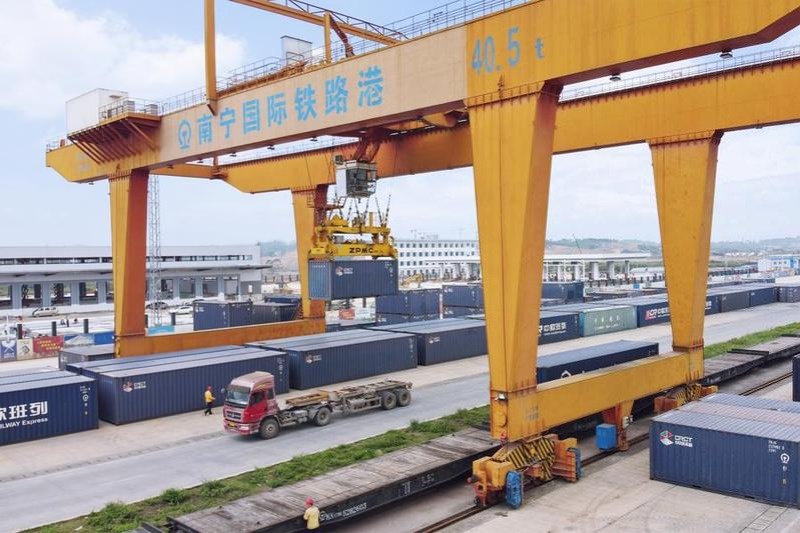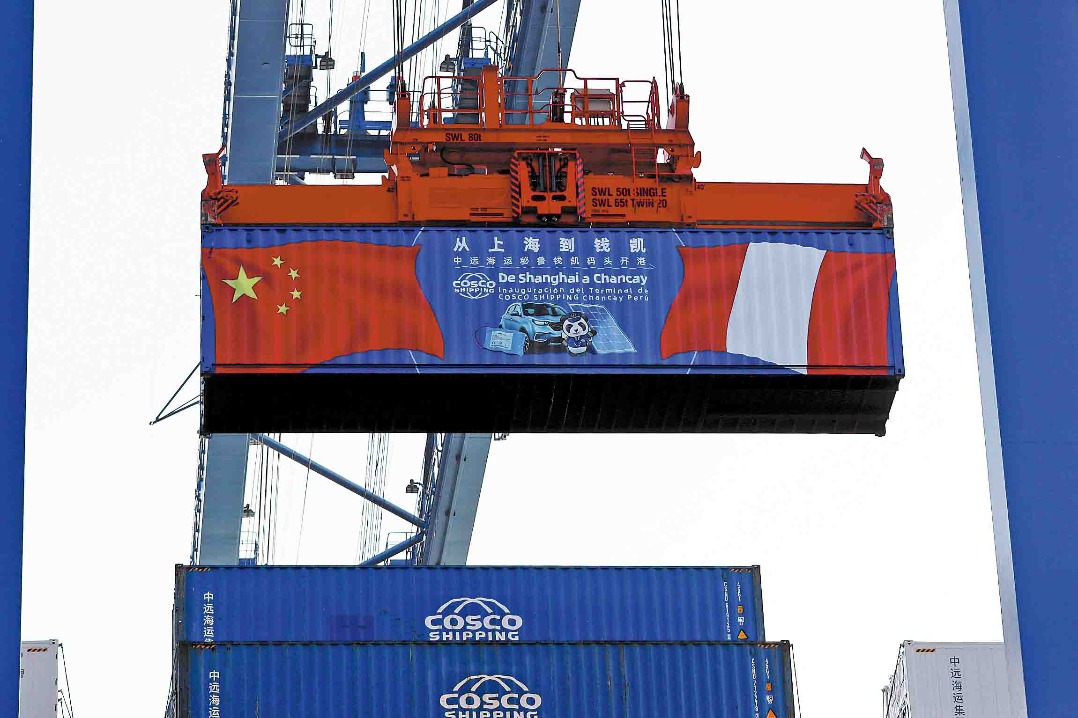Stratasys taps China's industrial upgrade with 3D printing solutions

With China accelerating industrial upgrade and prioritizing supply chain stability, Stratasys Ltd, the United States-based three-dimensional (3D) printing product manufacturer and solutions provider, will ramp up its expansion in China by promoting distributed manufacturing and sustainability-driven innovation, said its top executive.
The company said this move is part of its broader strategy to assist local industries in improving supply chain resilience and reducing production costs.
Amid rising geopolitical tensions and potential supply chain disruptions, distributed production enabled by 3D printing has emerged as a strategic solution for manufacturers to avoid paying high tariffs, said Yoav Zeif, CEO of Stratasys.
By producing parts closer to end users, such as through local service bureaus in the US or Europe, companies can reduce logistics costs, shorten delivery times and mitigate risks associated with tariffs and logistics uncertainties, said Zeif.
He said that China’s manufacturing ecosystem, particularly in the automotive, medical and service bureau sectors, offers vast potential for industrial-grade additive manufacturing.
"We see China not only as a key market, but also as a strong innovation partner as it moves toward digital and decentralized manufacturing under its industrial upgrade," Zeif added.
Stratasys recently launched its "SAF (selective absorption fusion) ReLife" initiative in China, which enables service bureaus to recycle up to 80 percent of unused powder materials from traditional laser-based printing processes using its SAF solution.
"Additive manufacturing consumes less energy, creates less waste, and allows for lighter, more efficient product design, especially important in sectors like aerospace and electric vehicles," Zeif said.
Emphasizing that 3D printing is increasingly becoming a strategic asset beyond prototyping, particularly in low- to medium-volume manufacturing, he noted that the technology is transforming production timelines and cost structures across industries, from accelerating design cycles in automotive to enabling aerospace firms to produce flight-grade components at scale.
As Stratasys expands its footprint across China, the company is exploring deeper collaboration with local players, especially automotive and electronic product companies in Shenzhen and Guangzhou, Guangdong province, to integrate high-end polymer printing with China’s fast-evolving digital manufacturing ecosystem.
Following China’s move toward consumption upgrading and technological innovation, demand for high-tech products and service solutions from multinational corporations is expected to keep rising, Wang Zhimin, a researcher at the Academy of China Open Economy Studies, which is part of the University of International Business and Economics in Beijing.
Wang said this trend is driven by efforts to enhance industrial capacity, accelerate smart development, and jointly build a more sustainable and intelligent future.




































